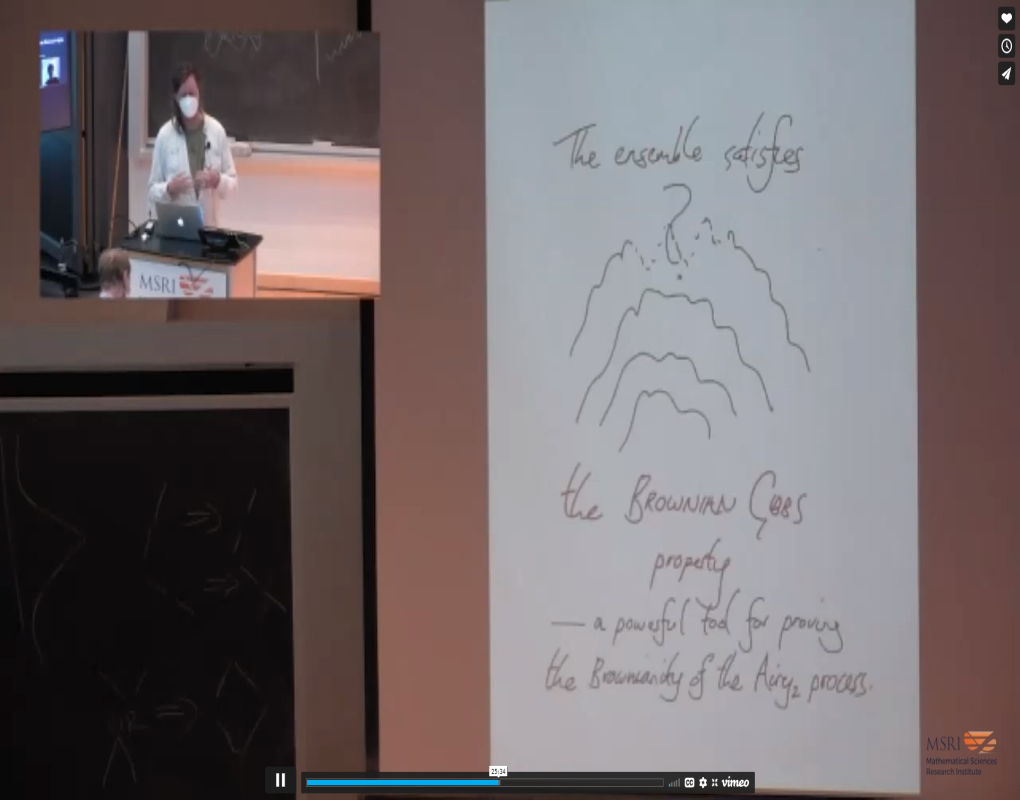Stability and Chaos in Dynamical Last Passage Percolation
Presenter
September 23, 2021
Abstract
Abstract
Many complex statistical mechanical models have intricate energy landscapes. The ground state, or lowest energy state, lies at the base of the deepest valley. In examples such as spin glasses and Gaussian polymers, there are many valleys; the abundance of near-ground states (at the base of valleys) indicates the phenomenon of chaos, under which the ground state alters profoundly when the model's disorder is slightly perturbed. Indeed, a monograph of Sourav Chatterjee from 2014 establishes that, for a class of models of Gaussian disorder, this abundance of competing minimizers is accompanied both by a rapid outset of chaos under perturbation of the system by noise, and by the effect of super-concentration, in which model statistics have lower variance than in classical scenarios, for which a central limit theorem may apply. In this talk, a recent investigation, jointly undertaken with Shirshendu Ganguly, of a natural dynamics for a model of planar last passage percolation will be discussed. Robust probabilistic and geometric technique permits a very quantified analysis of the presence of close rivals in energy to the ground state for the static version of the model; consequently, the order of the scale that heralds the transition from stability to chaos for the dynamical model is identified. The tools that drive the investigation include harmonic analytic technique present in Chatterjee's work, and the use of Brownian Gibbs resampling analysis for random ensembles of curves naturally associated to last passage percolation via the Robinson-Schensted-Knuth correspondence.
